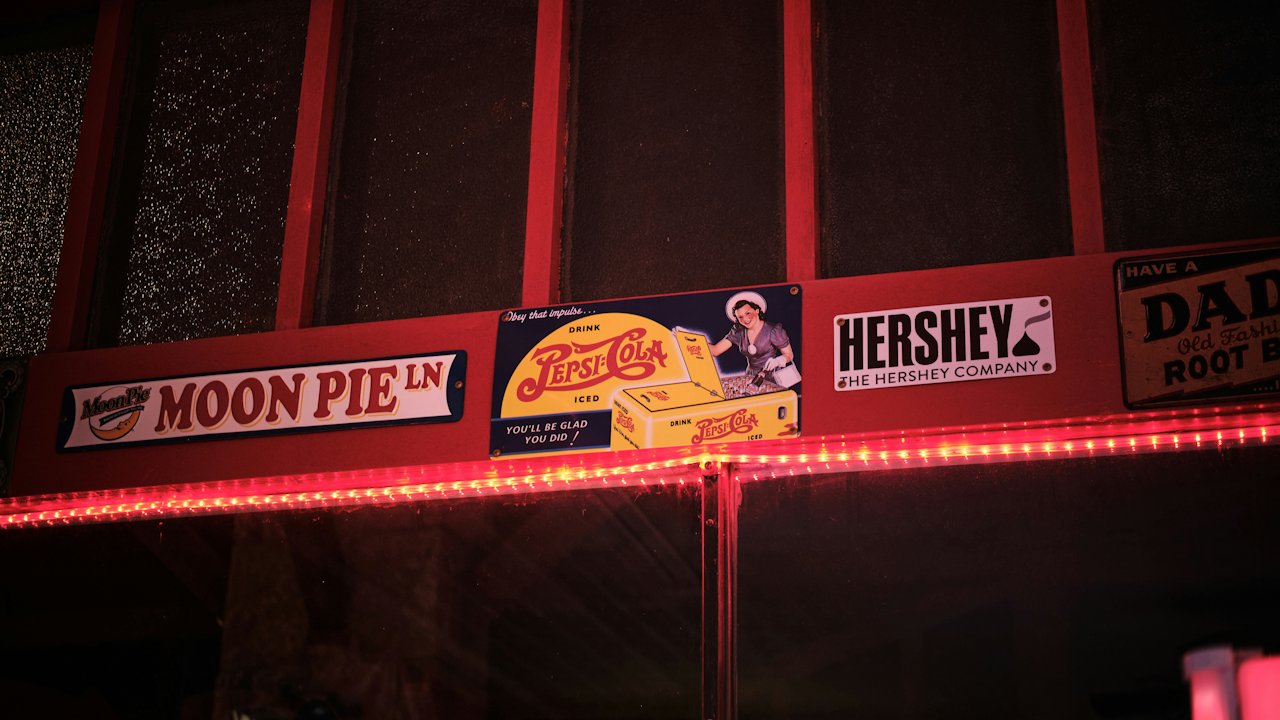Nostalgia, a sentimental longing for the past, has become a powerful tool in the hands of marketers. By evoking fond memories and emotions associated with past experiences, brands can forge deeper connections with consumers, build brand loyalty, and ultimately drive sales. This essay will explore the role of nostalgia in marketing, examining its effectiveness, various applications, and potential pitfalls.
The Power of Nostalgia
Nostalgia marketing taps into a fundamental human desire for comfort, familiarity, and simpler times. In an era of rapid change and uncertainty, the past can seem like a safe haven, a source of positive emotions and cherished memories. By associating their products or services with these feelings, brands can create a sense of warmth and connection, making consumers feel understood and valued.
Nostalgia can be a particularly effective tool for reaching specific demographics. For example, brands targeting millennials might leverage imagery and references from the 1990s, a decade that holds strong nostalgic associations for this generation. Similarly, brands targeting older consumers might evoke memories of the 1950s or 1960s, eras that represent a time of perceived prosperity and optimism.
Applications of Nostalgia Marketing
Nostalgia marketing can be applied in a variety of ways, from subtle hints to full-blown campaigns. Some common tactics include:
- Retro packaging and design: Reintroducing classic logos, fonts, or packaging designs can evoke a sense of familiarity and authenticity.
- Reviving old products: Bringing back discontinued products or services can generate excitement and nostalgia among consumers who remember them fondly.
- Using nostalgic imagery and themes: Incorporating vintage photos, music, or pop culture references in advertising can create a sense of connection with the target audience.
- Storytelling: Sharing stories about the brand’s history or the origins of its products can evoke a sense of nostalgia and build brand loyalty.
- Social media campaigns: Encouraging consumers to share their own nostalgic memories related to the brand can create a sense of community and engagement.
Examples of Successful Nostalgia Marketing
Numerous brands have successfully leveraged nostalgia marketing to connect with consumers and boost sales. Some notable examples include:
- Nintendo: The re-release of classic consoles like the NES and SNES tapped into the nostalgia of gamers who grew up playing these systems.
- Coca-Cola: The company’s use of vintage advertising and packaging has helped to reinforce its iconic status and evoke feelings of nostalgia.
- McDonald’s: The return of the McRib sandwich and other limited-time offerings has generated excitement and nostalgia among fast-food lovers.
- Fashion brands: Many fashion brands have successfully revived retro styles and designs, appealing to consumers who appreciate vintage aesthetics.
Potential Pitfalls of Nostalgia Marketing
While nostalgia marketing can be a powerful tool, it’s essential to use it carefully and avoid certain pitfalls. Some potential risks include:
- Alienating younger audiences: Overly relying on nostalgia can alienate younger consumers who may not have the same connection to the past.
- Creating a sense of disconnect: If the brand’s nostalgic messaging doesn’t align with its current values or practices, it can create a sense of disconnect and distrust among consumers.
- Failing to innovate: Overemphasizing the past can stifle innovation and make the brand appear outdated or irrelevant.
- Misusing nostalgia: Trivializing or misrepresenting the past can offend consumers and damage the brand’s reputation.
Nostalgia marketing can be a powerful tool for brands seeking to connect with consumers on an emotional level. By evoking fond memories and associations with the past, brands can build stronger relationships, foster brand loyalty, and drive sales. However, it’s crucial to use nostalgia marketing strategically and avoid the potential pitfalls. By carefully considering their target audience, brand values, and overall marketing strategy, brands can effectively leverage nostalgia to create meaningful connections and achieve their marketing goals.

